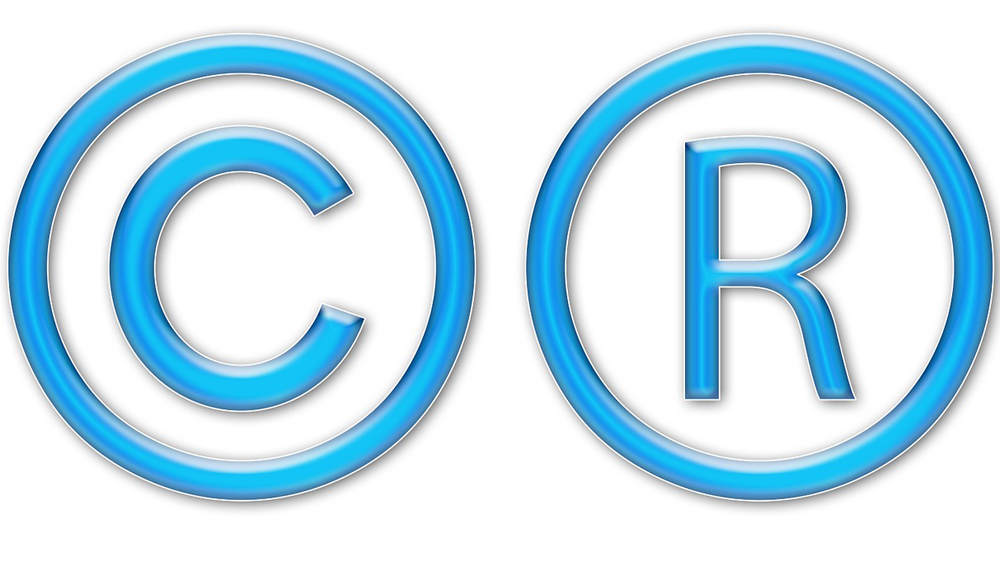
No ‘30-Second Rule’: Does Your Company Take Copyright Issues Seriously?


Mary Collins
Several years ago, a friend of mine who worked for a medical association was preparing for a conference in Copenhagen. She found an internet photo of the city’s historic waterfront and instructed the conference web designer to use something similar on the conference site’s homepage. The designer used the sample photo itself on the site. The association ended up paying $5,000 for using a copyrighted work without permission.
With the proliferation of digital media, it’s not surprising that individuals and companies scrape images from the web, grab snippets of popular songs or re-use short video clips to promote their own events, sell products or add as background for other types of media. Unfortunately, these actions are generally an infringement on copyright laws. And broadcasters in particular, used to compiling materials from a plethora of sources, need to pay particular attention so they don’t land on the wrong side of a copyright dispute.
Copyright issues are so prevalent among his clients that Louis J. Levy, attorney of counsel at Lerman Senter PLLC, offered to share his knowledge with MFM members in the hope of preventing unnecessary legal action at their companies. He included a very useful group of definitions and guidelines in his article “Copyrights Myths and Pitfalls,” for the July/August issue of MFM’s member publication, The Financial Manager, which is currently available on the MFM website. In it, Levy summarized some of the most popular misconceptions around copyright and made recommendations for ways to avoid court battles and damage payments.
I’d like to share the wealth by summarizing the key points in Levy’s well-written piece.
The first copyright issue is “fair use.” This copyright law may be the most misunderstood. Fair use technically allows third parties to use portions of copyrighted material in limited circumstances without incurring liability. So, what is considered a “limited circumstance?” It’s not the length of a song or video clip, as many wrongly assume, and it’s not materials not used for commercial purposes.
Levy says the U.S. Copyright Act requires consideration of four factors when determining fair use:
“The purpose and character of the use (commercial, nonprofit or educational); the nature of the copyrighted work; the amount and substantiality of the portion used in relation to the copyrighted work as a whole; and the effect of the use upon a potential market.” That’s only the beginning. Not one of those fours factors necessarily determines fair use, and one factor alone may decide a case.
Under fair use are what Levy calls “the hazards of parody.” Most of us probably don’t think much when we hear part or all of a song whose words were changed for the purpose of humor. Not all caricatured works are legal parodies. To qualify, the new work must say something about the work said to be parodied. Merely changing lyrics of a song to refer to something unrelated to the original song is not a parody.
The example Levy uses to illustrate his point is a case that ended up in front of Supreme Court. In that case, the rap group 2 Live Crew was deemed to have created a defensible parody when, in 1994, it recorded its rap version of Roy Orbison’s 1964 hit Oh, Pretty Woman. The group won the case when the court determined that the group’s overall purpose was to mock and criticize the original, granting it the benefits of a fair use defense.
Next, media businesses should be very careful when it comes to copyrighted material used in social media. This is another challenging area, since people post and share their own and others’ photos, video and text on social feeds every day. Levy points out that most social media platforms’ terms of use say that posted material remains the property of the owner. That can be another source of potential confusion: These materials can be used if they are considered newsworthy and/or used for criticism or commentary. But broadcast stations and other media organizations must make every effort to avoid creating the impression that they “originated or otherwise own the image or clip.”
Another potential issue is that there are many websites that make it appear that someone can download material — most often photographs — for free. Many of these photographs have been “watermarked” by their owner, and these watermarks may be hard to see. Photographers (or attorneys representing the owner) often use bots to detect unauthorized use of their work. Levy suggests right clicking on an image to open a Google search for other uses of the same image. That’s one of the tools he employs to find unauthorized uses of his clients’ works.
Finally, media companies should bear in mind that the breaking of copyright laws could affect them beyond the financial damage.
A Tucson TV station, for example, lifted and used original video footage from a local bicycle enthusiast’s blog in a news story about cycling. This happened without consent from the blogger, an associate professor at the University of Arizona School of Journalism. The TV station didn’t use the footage for commentary or criticism, so the fair use defense didn’t hold. The blogger sent an invoice to the station based on what he felt his video was worth — $300 — and the station paid it outside of court. The response from the local community was harsh, however, leaving the station with a black mark on its reputation.
In a sidebar to his article, Levy mentions a number of other potential copyright pitfalls that media industry companies should be aware of, including:
- Copyright notice: It’s a mistake to assume that photograph or similar work that doesn’t display a copyright notice (or a © symbol) is available for use. U.S. copyright law was revised in 1976; the formal notice requirement no longer exists.
- Pre-existing work: Copyright law protects the copyright owner’s control of a work. This includes both control over copies of the original work and over works derived from the original work — derivate works. Assuming “fair use” doesn’t apply, modifying graphics, music or other material that is protected under copyright law can easily turn into a court case.
- Credit for authors/creators: Crediting the author or creator of a work alone is still insufficient to avoid a copyright infringement claim, unless a fair use defense is appropriate. Companies must get permission either directly from the copyright owner or from a service that represents their work.
- PRO license limitations: Licenses from PROs (performing rights organizations like ASCAP or BMI) only cover the public performances of a musical work — the musical score and the sound. Any use of music in video, be it in a film, a documentary, a commercial, or something else, requires a synchronization (synch) license from the owner of the musical composition. Such use may also require a master recording license, typically obtained from the record label or producer.
Copyright issues go far beyond the myth of the 30-second clip. Media companies should assess even the shortest video, audio or other clips and all images before incorporating them into their produced content. When in doubt, check it out — and avoid provoking a potentially lengthy, embarrassing and/or expensive situation.
Mary M. Collins is president and CEO of the Media Financial Management Association and its BCCA subsidiary, the media industry’s credit association. She can be reached at [email protected] and via the association’s LinkedIn, Facebook, Instagram and Twitter accounts.
































Comments (0)